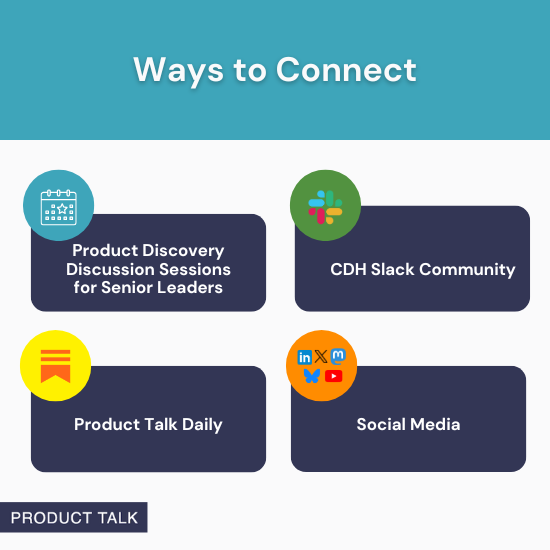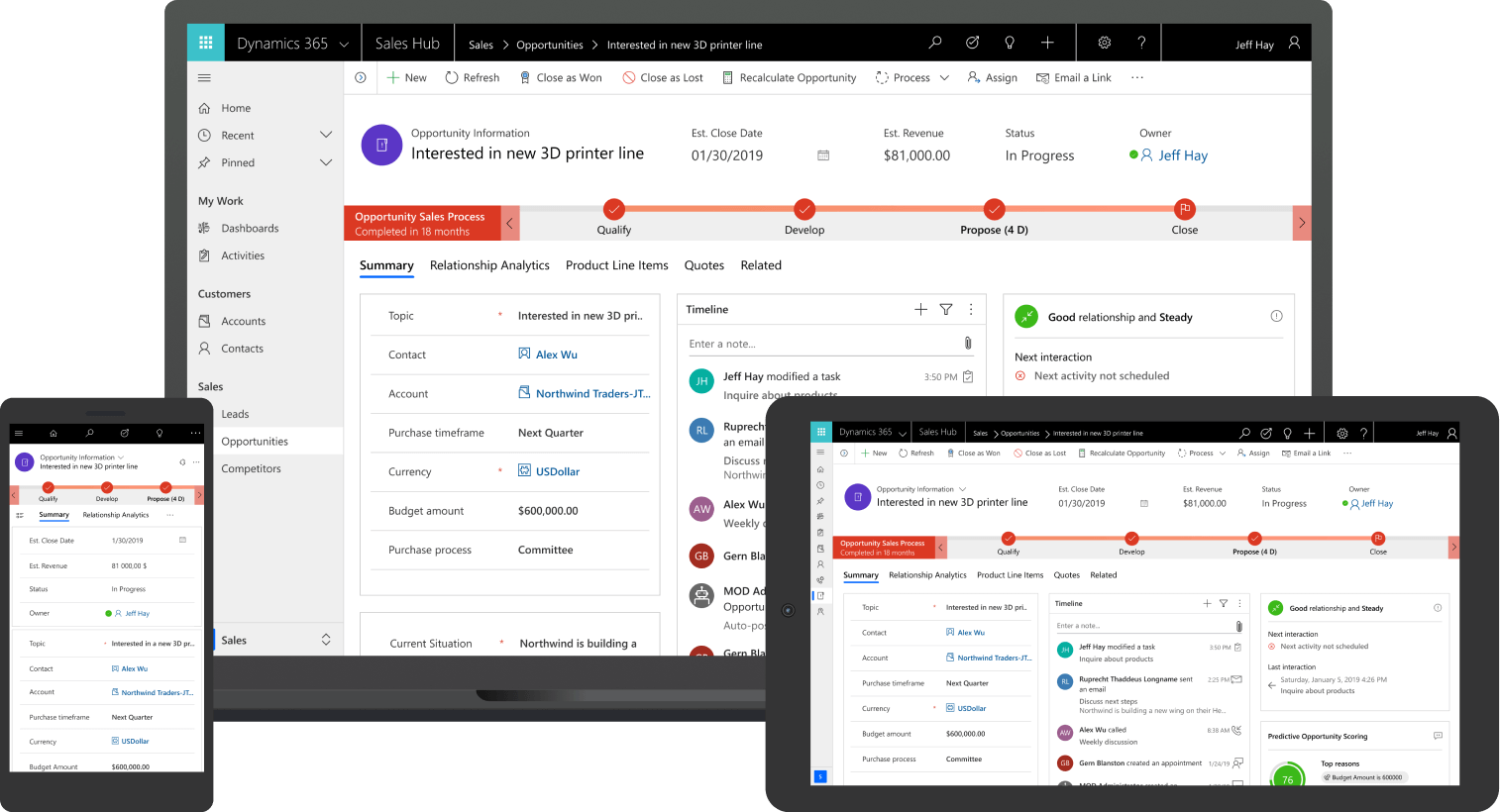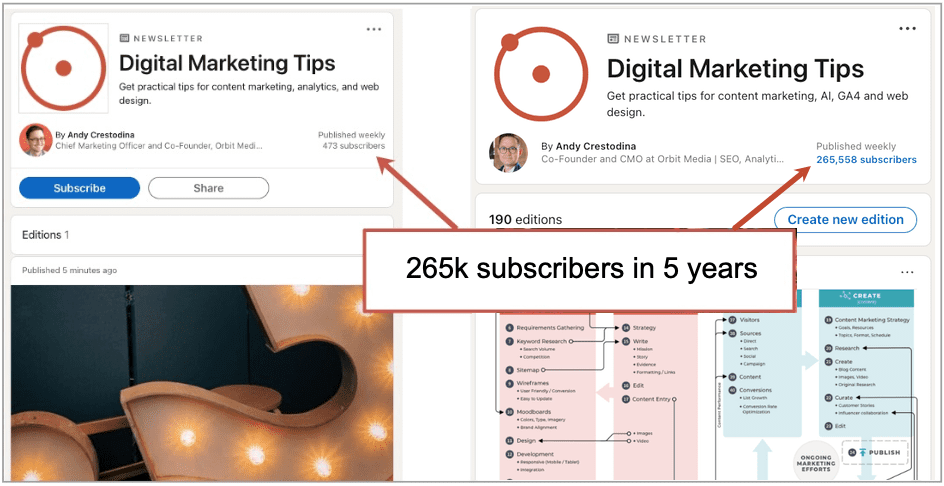Unlocking Digital Success: The Power of Custom Web Development
In this blog, we’ll explore what custom web development is, why it matters, and how it can drive long-term success for businesses across industries.

Introduction
In today’s hyper-digital world, your website isn’t just your digital storefront—it’s your brand’s handshake with the world. For businesses serious about growth, standing out online is more than just a luxury; it’s a necessity. That’s where custom web development comes into play. While ready-made templates and drag-and-drop builders might offer a quick start, only a custom-built website can deliver the flexibility, performance, and brand-centric design needed to truly compete. In this blog, we’ll explore what custom web development is, why it matters, and how it can drive long-term success for businesses across industries.
What Is Custom Web Development?
Custom web development refers to the process of designing and building a website from the ground up, tailored specifically to meet a business’s unique requirements. Unlike pre-built templates, custom solutions are developed with precise business goals, user experience, and scalability in mind.
This process typically involves:
-
Custom design tailored to a brand’s identity
-
Front-end and back-end development from scratch
-
Integration with APIs, CRM systems, databases, and other tools
-
Optimization for SEO, speed, and security
Whether it’s a corporate website, eCommerce platform, SaaS product, or a member-only portal, custom development gives you the power to shape every detail of your online presence.
Why Choose Custom Web Development?
Let’s face it—first impressions matter. When users land on your site, they make split-second judgments based on design, speed, and usability. A generic site may suffice for a small blog, but businesses aiming for performance, scalability, and unique branding should consider going custom. Here’s why:
Tailored to Your Business Needs
No two businesses are alike. With custom web development, your site can be built to suit your specific workflows, customer journeys, and operational requirements. Need an advanced booking system? A custom eCommerce checkout? Real-time inventory tracking? Custom development makes it all possible.
Better Performance & Speed
Custom websites are lean and clean. Developers write code that includes only what’s necessary, reducing bloat and improving load times. This not only enhances user experience but also boosts your SEO rankings.
Unique Branding and Design
Template-based websites often look similar and lack personality. A custom site, on the other hand, is an expression of your brand. Designers can incorporate your logo, colors, typography, and voice into every pixel, helping you stand out in a crowded market.
Scalability
As your business grows, so will your digital needs. Custom websites are built with scalability in mind, making it easier to add features, upgrade security, or accommodate growing traffic over time.
Enhanced Security
Cybersecurity is a growing concern for businesses today. Unlike off-the-shelf platforms that may have known vulnerabilities, custom-built websites can include tailored security protocols, data encryption, and secure authentication systems.
Full Control and Flexibility
Want to update your website’s architecture, connect new tools, or change functionality? With custom development, you have full control to evolve your website as your business changes—no limitations imposed by a template.
Custom Web Development Process: What to Expect
Working with a professional custom web application development team usually involves a structured approach to ensure quality and transparency. Here's what the typical process looks like:
Discovery and Planning
This phase involves understanding your business, audience, goals, and competitors. A project scope is defined, and a roadmap is created.
Design & UX Prototyping
Based on your brand identity, designers create wireframes and prototypes. These help visualize the layout, navigation, and user experience before coding begins.
Development
Front-end (what users see) and back-end (how it works) development takes place. Developers code the website using technologies like HTML, CSS, JavaScript, PHP, Python, or frameworks like React, Angular, and Laravel.
Testing and QA
Rigorous testing is performed to ensure the site functions properly across all browsers, devices, and user interactions. Bug fixes and refinements are done before launch.
Launch and Post-Launch Support
Once live, developers monitor performance and provide ongoing support, updates, or additional feature development.
Common Technologies Used in Custom Web Development
The stack of technologies used varies depending on your project. Here are some popular ones:
-
Front-end: HTML5, CSS3, JavaScript, React.js, Vue.js, Angular
-
Back-end: Node.js, PHP, Python, Ruby on Rails, Laravel
-
Databases: MySQL, PostgreSQL, MongoDB
-
CMS Integration: Custom-built or integrations with WordPress, Drupal, or headless CMS options
-
APIs and Tools: Stripe for payments, Firebase for authentication, Mailchimp for email automation, and more
Who Should Invest in Custom Web Development?
While custom development may involve a higher initial investment, it delivers unmatched value and flexibility. Businesses that benefit most include:
-
Startups with unique product offerings
-
E-commerce businesses needing custom checkout or inventory management
-
Enterprises managing large volumes of data or users
-
Creative agencies and professionals needing bold, unique portfolios
-
Service providers requiring booking systems, portals, or CRM integration
Final Thoughts
In a world where digital competition is fierce, a generic website just won’t cut it. Custom web development empowers businesses to create dynamic, secure, and scalable websites that align perfectly with their brand, goals, and users’ expectations. While it may require more investment up front, the long-term benefits—enhanced functionality, superior user experience, and greater ROI—make it well worth it.








































































































![Building A Digital PR Strategy: 10 Essential Steps for Beginners [With Examples]](https://buzzsumo.com/wp-content/uploads/2023/09/Building-A-Digital-PR-Strategy-10-Essential-Steps-for-Beginners-With-Examples-bblog-masthead.jpg)








































